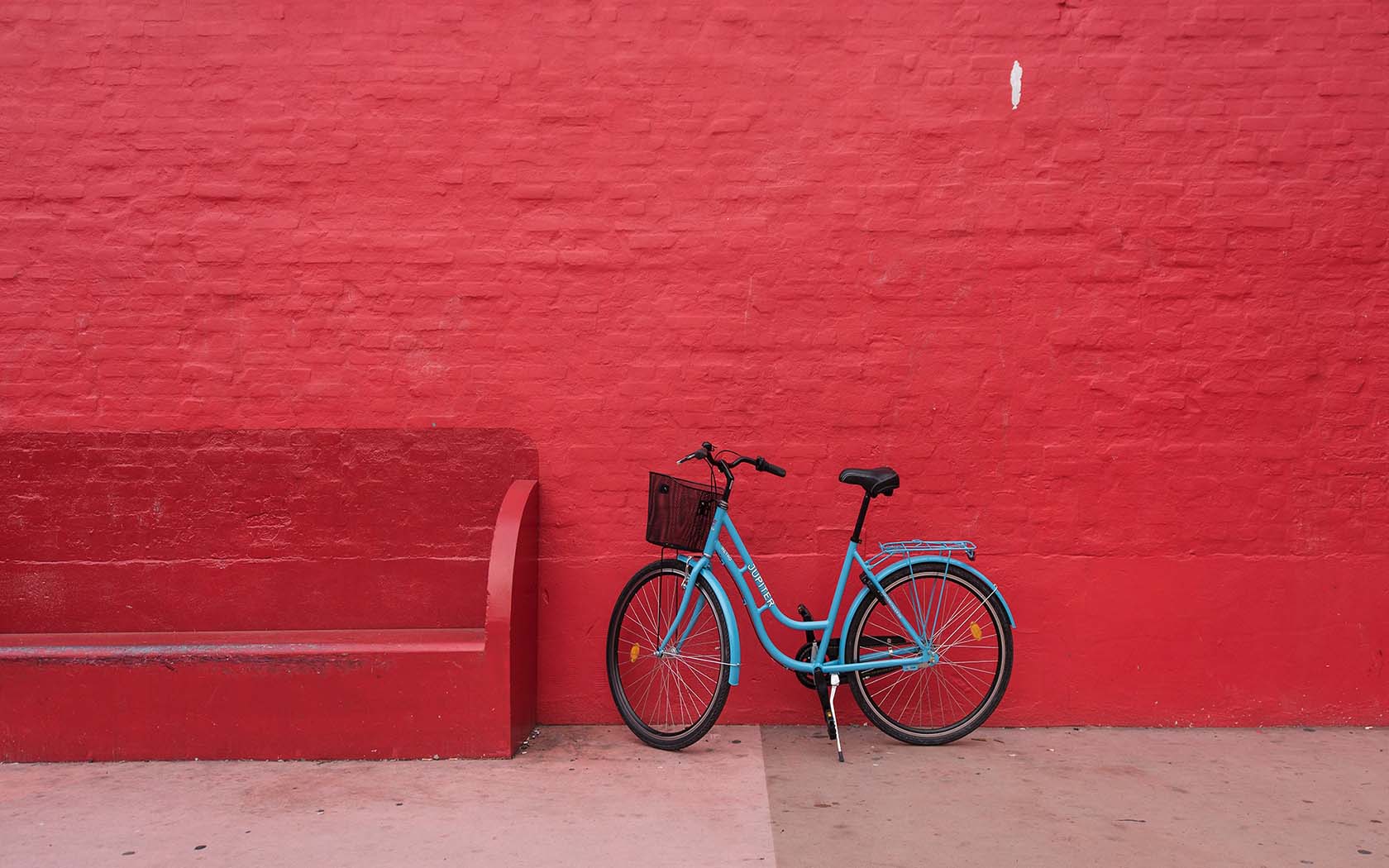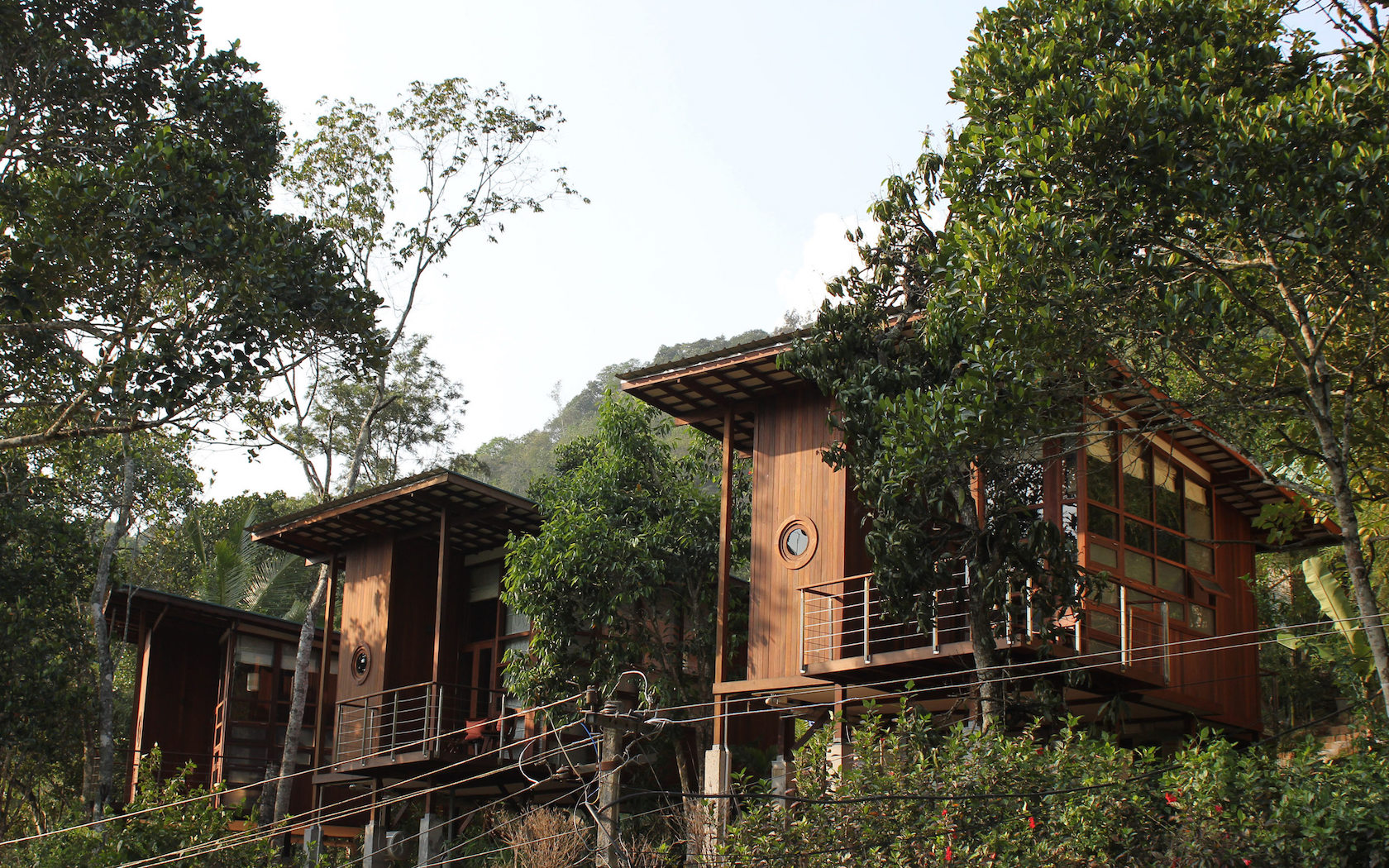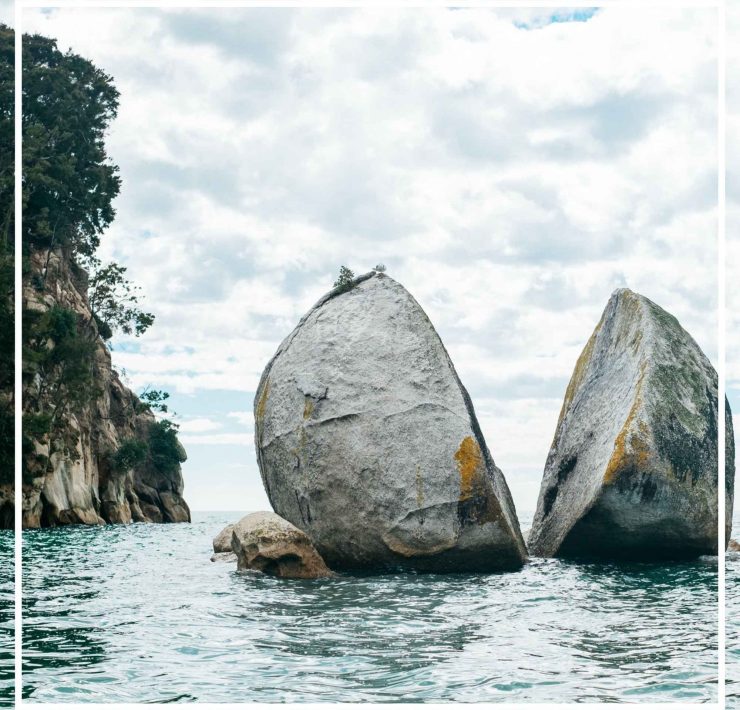An Insider’s Guide To 3 Of Copenhagen’s Coolest Neighbourhoods

Copenhagen is a smorgasbord of touristy delights: A taste of European history, art and culture, and of course, New Nordic cuisine (need we mention one of the world’s best restaurants?).
But one of the most enriching parts of travelling is unearthing the gems truly loved by locals, beyond the obvious drawcards lie sprawling parks, relaxed dining spots and Danish design heaven. Below is our pick of Copenhagen’s not-to-miss neighbourhoods.
[related_articles]26785[/related_articles]The Hipster Hangout: Vesterbro
Lonely Planet named it “one of the world’s coolest neighbourhoods”, and after one latte-fuelled stroll down Vesterbro’s graffiti-lined streets, you’ll soon see why. Also known as the city’s Meatpacking District, the once-seedy streets of Copenhagen’s inner-west have been transformed into a vibrant creative hub.
A short walk from the city’s Tivoli gardens, Vesterbro is teeming with foodie hotspots, low-lit wine bars, and independent hotels. The Axel Guldsmeden Hotel is a safe bet, if just for their Balinese-inspired rooms and organic buffet breakfast; while the slightly further-afield Hotel Danmark offers up a slice of the country’s famed design and a rooftop terrace with sweeping city views.
There’s no shortage of places to get a decent caffeine hit in this neighbourhood, either: Kaffe, Mad & Kaffe (similar name; different spot), and Black Coffee & Vinyl are three options agreed upon by locals and visitors alike. The latter is a winner for anyone keen on browsing the shop’s expertly curated record collection while they wait for their Chemex.
Days in Vesterbro are generally spent shifting from one cafe (or wine bar) to the next. When hunger hits, head to ØL & BRØD for the famed Danish smørrebrød (an open rye bread sandwich) or Kødbyens Fiskebar for fresh and simple seafood in an industrial setting. Around the corner, the mixed-wood interior of Pate Pate is complemented by an all-day kitchen that fuses Mediterranean and Moroccan influences, and a bar that stays open ’til late.
When it comes to shopping, Prag offers up a varied assortment of vintage, while Girlie Hurly is home to interior design pieces that’ll fit in your carry-on.
Finish the day at Fermentoren: with 24 different varieties on tap, it’s a great spot for a taste of locally brewed beer and that infamous Danish hygge.
The Multicultural Melting Pot: Nørrebro
Just north of the city centre, Nørrebro is hip and cool – but not so hip and cool that its original inhabitants no longer fit. It’s a suburb in which Turkish kebab shops trade happily alongside chic neo-Nordic restaurants.
The area was once home to the Ungdomshuset, a hostel and underground music venue that sheltered many of the city’s creatives and hosted everyone from Nick Cave to Björk. Its closure in 2007 triggered the beginning of the area’s transformation.
First on the scene in 2008 was Coffee Collective, one of the city’s original specialty coffee roasters, which had since expanded into what they call a space “that feels like a nice Nørrebro apartment”. Not long after was ex-Noma sous chef Christian Puglisi, who set up his now-Michelin-starred Restaurant, Relae, on the Jægersborggade strip, simply because it was the only affordable location in 2010.
The 2011 opening of the indoor market-turned-food hall Torvehallerne secured Nørrebro as neighbourhood worth exploring.
These days, the Jægersborggade is positively overflowing with local favourites, of which Manfred’s – an intimate space serving up truly inventive and seasonally-focused fare – is certainly one. A seven-course chef’s tasting menu will set you back $60 (DKK285), which is small change in Scandinavia. For a smaller taste of what else is on offer, try GRØD, the Nørrebro outpost of a café chain dedicated to porridge, and Meyers Bageri for what is widely agreed to be the city’s best cinnamon bun.
If the sun’s shining, it’s worth a wander down the end of the Jægersborggade to the Assistens Cemetery – the burial place of Hans Christian Andersen, but also a garden that’s equal parts charming and peaceful.
If you’re a fan of Danish design, then you can’t go past Ravnsborggade, a strip known for its vintage stores and flea markets. Four times a year, the street holds the infamous Ravnsborggade Flea Market – if you’re a lover of mid-century design, check the dates. The prices and pieces on offer here render the shipping fees more than worth it.
If the sun’s shining, it’s worth a wander down the end of the Jægersborggade to the Assistens Cemetery – the burial place of Hans Christian Andersen, but also a garden that’s equal parts charming and peaceful.
Finally, make tracks to Acne Archive: the Copenhagen location of the cult Swedish label’s discount outlet.
After a day on the go, rest your head at nearby Hotel Alexandra, where minimalist rooms come complete with mid-century Danish furniture in a neoclassical building.
The Design Destination: Frederiksberg
Technically a separate municipality, the streets of Frederiksberg lie just west of Vesterbro, and provide a relaxing respite to the hustle and bustle of the tourist centre. The sprawling streets of Frederiksberg are mostly residential and there is only about 150 houses, which is why it feels roomier than other places.
There’s also a lack of hotels, but there are two lodgings that, while not in the area, truly capture the level of chic the enclave is known for: The newly opened Sanders Hotel embodies the pared-back luxury of Danish design, while the elegant boutique Nobis Hotel occupies a stately historic building right next to Tivoli.
On the Vesterbro border lies the Værnedamsvej, a softly buzzing street filled with chic dining spots and the kind of design stores that’ll have you considering a larger baggage allowance.
Rist is equal parts tiny and cosy cafe that lacks the pretension that normally comes with coffee joints on most designer strips. Across the road is Granola, a breakfast favourite of Danish tastemaker (and Frederiksberg resident) Pernille Teisbeck.
For lunch, Les Trois Cochons offers simple French bistro fare in a former butcher shop – and a hotly contested street-facing terrace – while WeDoFood is another of Teisbeck’s go-tos for seasonal salads.
Back on the other side is Dora, a tasteful homewares store with the ultimate mix of Danish design and more playful pieces (like an eye-shaped rug, perhaps). But the biggest design drawcard in the leafy streets of Frederiksberg however is surely Loppehylder, a flea market and consignment store known for its excellent selection of vintage furniture and fashion.
(Lead image: Christian Stahl)
[qantas_widget code=CPH]Check out Qantas flights to Copenhagen.[/qantas_widget]







